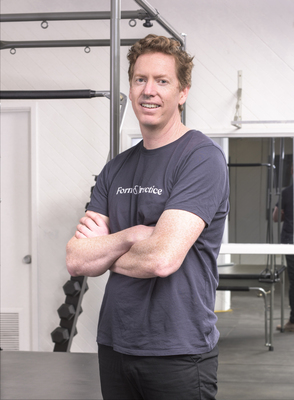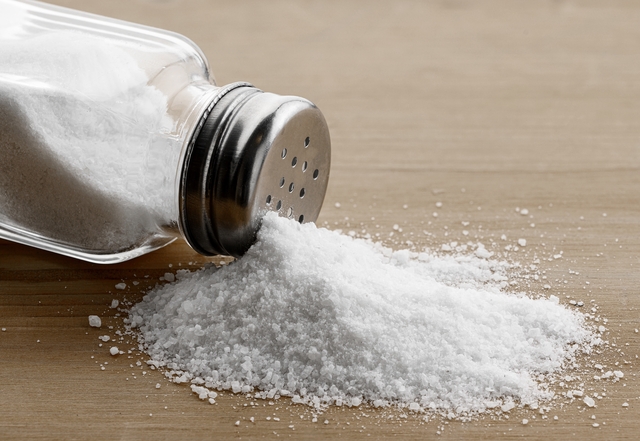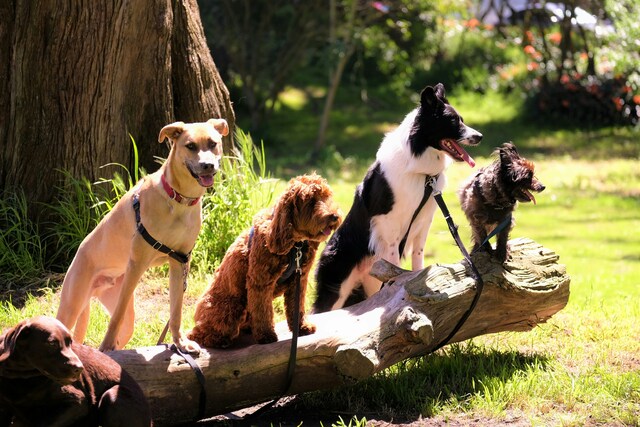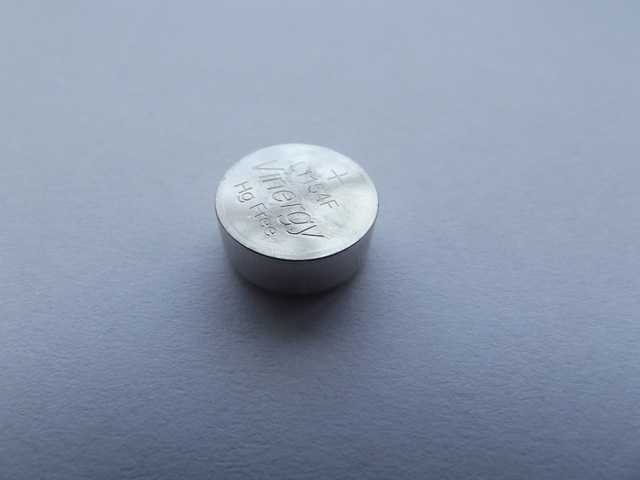Since 2002 there has been an overwhelming amount of research and clinical evidence stating that exercise is the best first choice treatment for symptomatic knee meniscus injuries in people aged over 40 years.
Arthroscopic surgery in middle aged patients with meniscal injuries has been compared to have similar results to sham surgery, whereby an incision is made and then sewn back up.
However, the reduction in the rate of arthroscopic surgery has not been as pronounced as expected amongst middle-aged patients.
One theory is that the perception continues amongst surgeons that they are better placed than the evidence to determine when surgery will be more beneficial to a patient than exercise, or non-operative management, alone.
A recent study debunks this, or at least suggests that a surgeon’s opinion for these patients is as good as tossing a coin.
The 2019 study, which includes in its authors Sydney orthopaedic surgeon Ian Harris, surveyed 194 surgeons who made 3880 predictions about whether surgery was the better option or not for a group of patients.
The patients were from The Netherlands and Australia, all aged between 45-70 and had symptomatic meniscal tears.
Patients with particular types of tears, such as ‘bucket handle’ tears, with knee locking symptoms and/or who have had failed previous surgeries were more likely to be offered surgery as a first line treatment option.
However, the study showed that even experienced surgeons were accurate in predicting who will respond well to surgery or exercise therapy only around 50 per cent of the time; i.e. no better than chance.
The conclusion that this study draws is the same as almost every study on arthroscopic meniscal surgery since the end of the previous century – that non-operative management is the best first-line treatment option for symptomatic meniscal knee injuries in middle-aged people.
And this fits, given that meniscal tears in anyone aged over 40 are now thought to be secondary to osteoarthritis rather than the other way around.
Thankfully we have the best first-line treatment option available in Australia, called the GLA:D for hip and knee OA program. This involves group classes 2-3 times weekly over at least six weeks plus two education sessions.
GLA:D Australia is a not for profit entity who runs courses for Australian physiotherapists out of La Trobe University, based on the original GLA:D program developed in Denmark.
The original team from GLA:D in Denmark are also now working on a similar program to assist with exercise options for shoulder OA and degenerative lower back pain. Exciting stuff for us physios and for sufferers of these conditions!
Jerome Higgins is a physiotherapist with Form & Paactice (formerly Dandenong Ranges Physio) in Olinda & Mt Evelyn. Form & Practice run GLA:D exercise classes across both locations. For assessments into GLA:D call 9751 0400 or visit www.formandpractice.com.au







